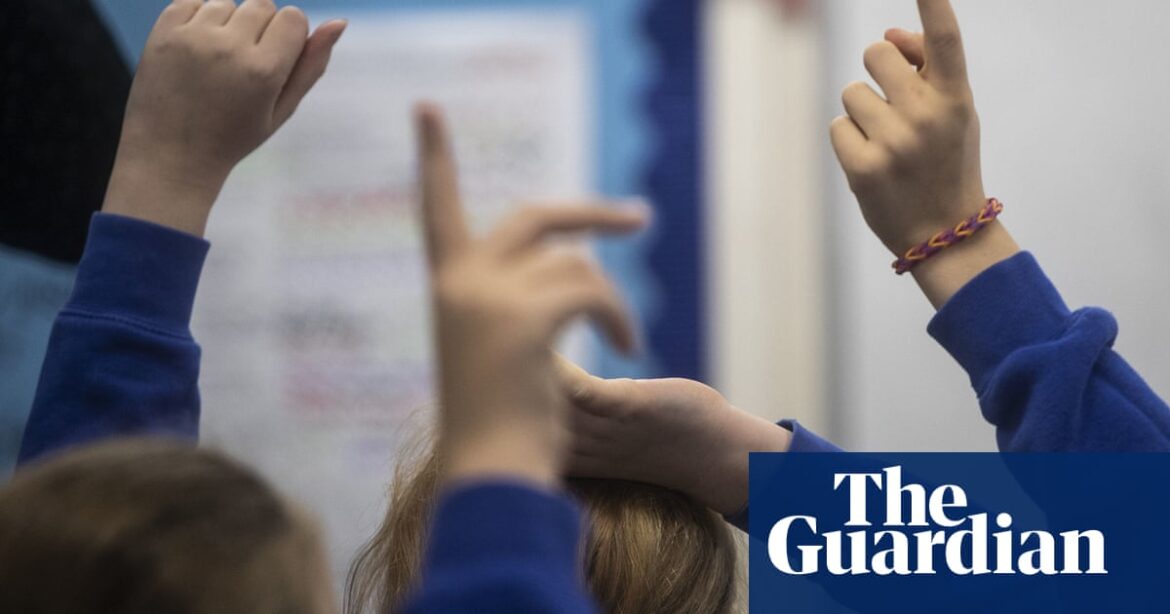
The number of children and young people in England requiring support for special educational needs and disabilities has increased sharply, putting further pressure on schools and councils to meet their needs, according to new data.
Local authorities issued 84,400 education, health and care plans (EHCPs) last year, according to figures released by the Department for Education, a 26% increase compared with 2022. That takes England’s total to a record 576,000 children and young people with active plans in January this year.
Nearly one in 19 children in England aged between five and 15 now have an EHCP.
EHCPs are individual support requirements agreed by local authorities, detailing the extra funding and support for a child and their place of education. But the rising numbers of children with special educational needs and disabilities (Send) has outstripped government funding, leaving local authorities struggling to meet their legal obligations.
Louise Gittins, the chair of the Local Government Association’s children and young people board, said: “Councils want to be able to provide the very best support to children with special educational needs and their families. However, these record figures are a reminder of the huge pressure councils are under, with the number of EHCPs increasing every year since they were introduced in 2014.”
The government has allowed councils to carry budget deficits for high needs spending but the accumulated debts of nearly £4bn will have to be repaid in 2026, leaving a fiscal landmine for whoever forms the next government.
Pepe Di’Iasio, the general secretary of the Association of School and College Leaders, said: “Failure to match rising demand with appropriate government investment has brought the whole Send system to the brink of collapse, with schools being unable to afford the costs of Send provision, a lack of places available in special schools, and local authorities having huge high needs deficits.
“The next government must, as a matter of urgency, ensure that funding matches need.”
The DfE’s figures showed that applications continued to rise, with 138,000 requests submitted last year, almost 21% more than in 2022.
But families continue to struggle in getting approval: while the DfE’s figures showed a slight improvement compared with the previous year, nearly half of all applications took longer to complete than the statutory time limit.
Sarah White, head of policy for Sense, the national charity for complex disabilities, said: “It’s dismal that almost half of children and their families are waiting longer than 20 weeks to receive the EHC plans they so desperately need – and it will be of little comfort to them that this is a very small improvement on 2022’s historic low.
“We also know many children are not getting the support they require even when they have a plan in place.”
The majority of school-agechildren with EHCPs are in state education. Labour has said it will exempt children with EHCPs from its policy of paying VAT on private school fees. The DfE’s figures show only 1.2% of children and young people with EHCPs attend mainstream private schools, while 5% attend private or non-maintained special schools.
Fears that the threat of adding VAT to school fees will trigger a rush of applications to state schools are not supported by official figures. The DfE’s data for school places in September show 1.7% fewer applications for secondary school places and a 2.3% decrease for primaries, which it attributed to the falling birthrate in previous years.
Across England, 83% of applications received their first preference of secondary school places, as did 93% of applications to primary schools.
Source: theguardian.com



